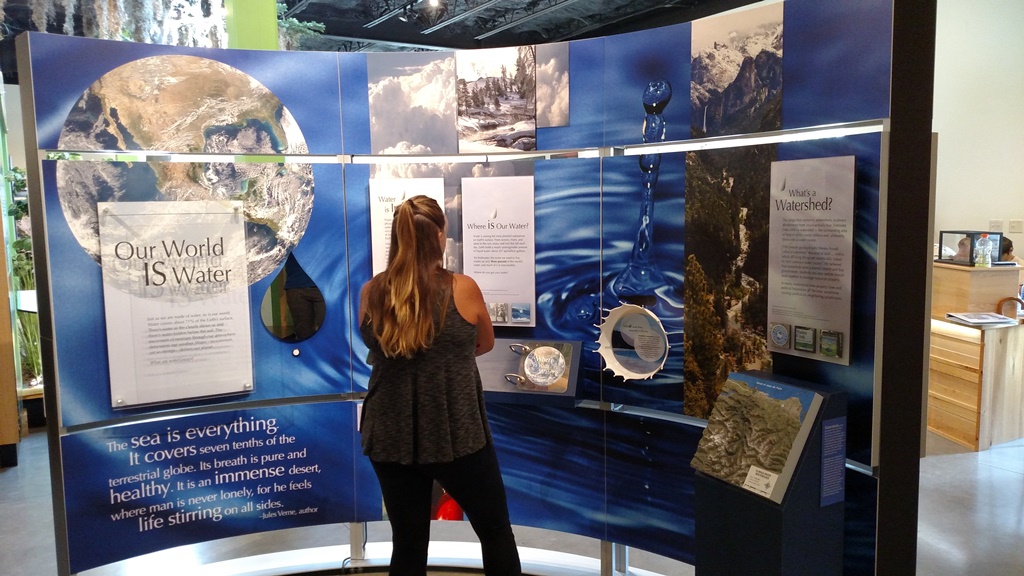Who owns water? What does the future of water look like in Arizona? Does water have a different meaning in Arizona than it does in other places? The answers to those questions are not easy and the details change depending on where you go across the state. Arizonans are invited to explore these issues at Water/Ways, a Smithsonian Museum on Main Street exhibit that will travel among twelve Arizona communities until March 2020. Presented by Arizona Humanities and Arizona State University, Water/Ways explores water’s environmental and cultural impact as well as local community water stories.
“The early days in the copper camp of Bisbee were like most boom towns that sprang up around the discovery of valuable ore in the American West,” according to Amanda Hetro, Curator of Education and Collections at the Bisbee Mining & Historical Museum.
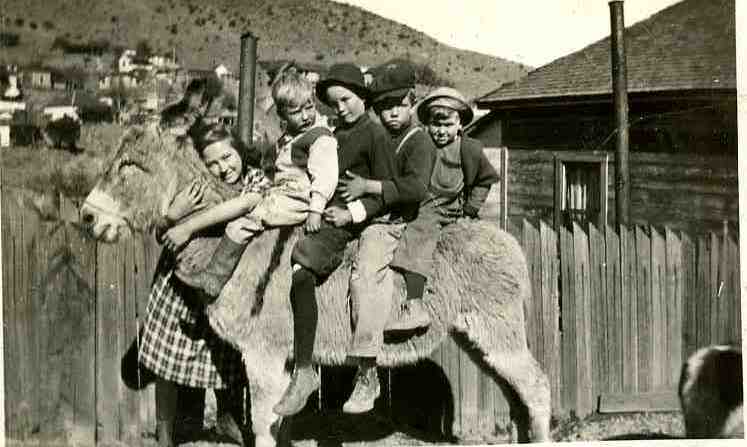
“In Bisbee, hastily constructed miners’ shacks perilously clung to the hillsides of the canyons. Wood, the preferred building material, contributed to fast-spreading fires in 1885, 1887, 1907, and 1908 which devastated residential and business districts. Outhouses were constructed near wells as was the city’s first cemetery, heightening the risk of water contamination. And water was delivered right to your door . . . by burros.”
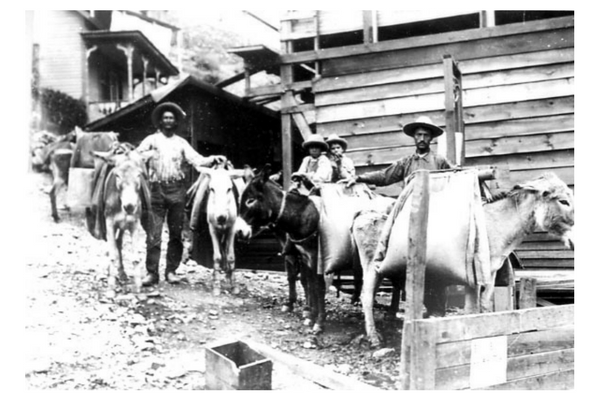
Hetro, who is also an Arizona State University history graduate student, researched the story of water in Bisbee and other Arizona communities in preparation for Water/Ways. Water/Ways celebrates its grand opening in Bisbee on June 2, 2018, where the huge amounts of water needed to operate copper smelters in the late 1800s and early 1900s depleted groundwater and caused wells to go dry. Fresh water was then retrieved from several miles away, loaded into canvas sacks, and transported to the booming mining town by burro. This water story and the other fascinating ways in which Bisbee has been shaped by water will be featured in locally curated exhibits and events that add depth to the traveling Smithsonian exhibit.
Each of the twelve Water/Ways host communities has a complex and nuanced water story to share. Winkelman and nearby communities southeast of Phoenix are famous for their mining history, but few Arizonans know that Aravaipa Creek and the San Pedro and Gila Rivers provided a rich foundation for small-scale agriculture in the area, a tradition that the Copper Corridor hopes to revive in the form of farmer’s markets specializing in local products. Near Camp Verde, the river designated as one of only two “Wild and Scenic” waterways in Arizona was once called “the Dirty Verde.” Most Arizonans know that Lake Havasu City is home to the authentic London Bridge, but fewer know that the reservoir created by the construction of the Parker Dam in 1938 supplies billions of gallons of water daily to destinations in Southern California and central Arizona.
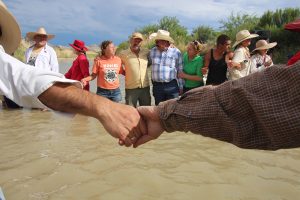
Members of the public are invited to visit the exhibit, attend programs, and follow the conversation online at #waterwaysAZ and #thinkwater. A new Water/Ways website shares information about each community, upcoming water programs, curriculum from the ASU Decision Center for Desert City, and water resources.
Brenda Thomson, Executive Director of Arizona Humanities shared, “We are very excited to bring the Water/Ways exhibition to Arizona. Water is not only a critical resource, but it has shaped American society from our nation’s early history to modern-day politics and economics. This exhibit will allow Arizonans to explore that history and the complex issues we face now about conservation, reclamation, access, sustainability, and so much more for this vital resource.”
Dr. Paul Hirt from ASU is the State Scholar for Water/Ways. He headed the Public History Lab, where Hetro and other graduate students helped host communities capture the complex ways in which water shapes history, settlement, environment, ethics, and culture in our state. “Access to clean, affordable water in the desert southwest will become ever more critical to a sustainable and just future as we face continued population growth and a warming, drying climate. Sharing our water values and concerns through public programs like Water/Ways may help us face our future challenges cooperatively and with empathy rather than through misunderstanding and conflict.”
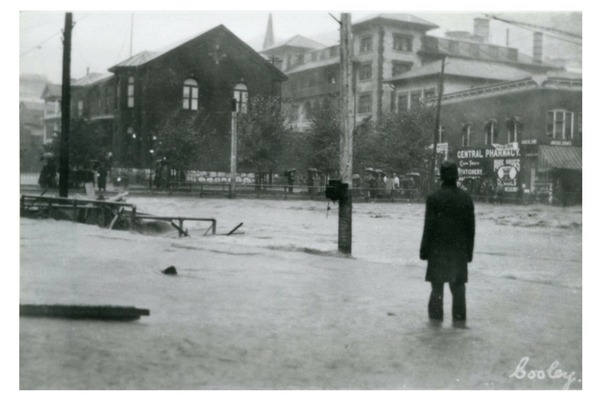
Water/Ways is made possible by Arizona Humanities and the Walton Sustainability Solutions Initiatives and the School of Historical, Philosophical and Religious Studies at Arizona State University. Water/Ways is sponsored by Salt River Project and Nestlé Waters North America. To learn more, please visit the AZ Humanities website or call Arizona Humanities at 602-257-0335.
Visit the Water/Ways Host Sites:
June 2 – July 15, 2018
Bisbee Mining & Historical Museum
Bisbee, AZ
Brought to you by the Bisbee Council on the Arts & Humanities
July 28 – September 9, 2018
Fort Apache and Theodore Roosevelt School National Historic Landmark
Fort Apache, AZ
Brought to you by the Fort Apache Heritage Foundation, Inc.
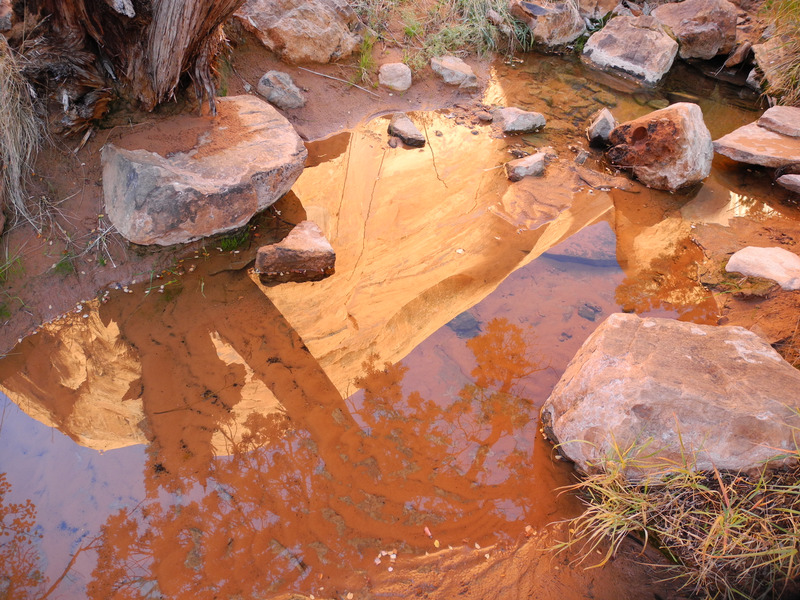
September 22 – November 4, 2018
Bullion Plaza
Cultural Center and Museum
Miami, AZ
November 17 – December 30, 2018
McFarland State Historic Park
Florence, AZ
Brought to you by the Town of Florence
January 12 – February 25, 2019
Henry F. Hauser Museum
Sierra Vista, AZ
Brought to you by the City of Sierra Vista
March 9 – April 21, 2019
Amerind Museum
Dragoon, AZ
Brought to you by the Amerind Foundation, Inc.
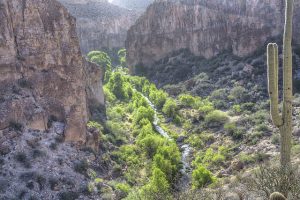
May 4 – June 16, 2019
Central Arizona College – Aravaipa Campus
Winkelman, AZ
Brought to you by the Copper Corridor Economic Development Coalition
June 29 – August 11, 2019
Carl Hayden Visitor Center at Glen Canyon Dam
Page, AZ
Brought to you by the Glen Canyon Natural History Association
August 24 – October 6, 2019
Camp Verde Community Library
Camp Verde, AZ
Brought to you by the Friends of the Verde River Greenway
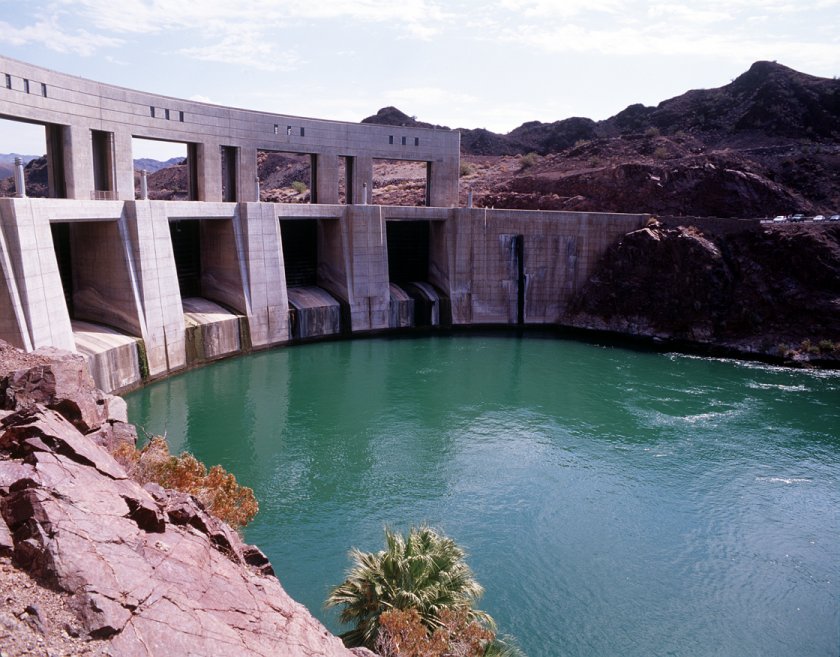
October 19 – December 1, 2019
Tubac Presidio State Historic Park
Tubac, AZ
December 14, 2019 – January 26, 2020
Cañon Elementary School District 50
Black Canyon City, AZ
Brought to you by the Black Canyon City Community Association and Black Canyon Heritage Park
February 8 – March 22, 2020
The Lake Havasu Museum of History
Lake Havasu City, AZ
Brought to you by the Lake Havasu City Historical Society
From time to time, Water – Use It Wisely features guest bloggers who write about topics related to water and water conservation. This month’s author, Arizona Humanities, is a statewide 501(c)(3) nonprofit organization and the Arizona affiliate of the National Endowment for the Humanities. Since 1973, Arizona Humanities has supported public programs that promote understanding of the human experience with cultural, educational, and nonprofit organizations across Arizona.
Arizona Humanities and the Walton Sustainability Solutions Initiatives and School of Historical, Philosophical and Religious Studies at Arizona State University are excited to bring the Smithsonian exhibit Water/Ways to Arizona beginning in June 2018. The Water/Ways exhibit explores the endless motion of the water cycle, its effect on landscape, settlement and migration, and its impact on culture and spirituality. The public is invited to view the exhibit, attend public programs, and participate in the discussions around water in person and online.


